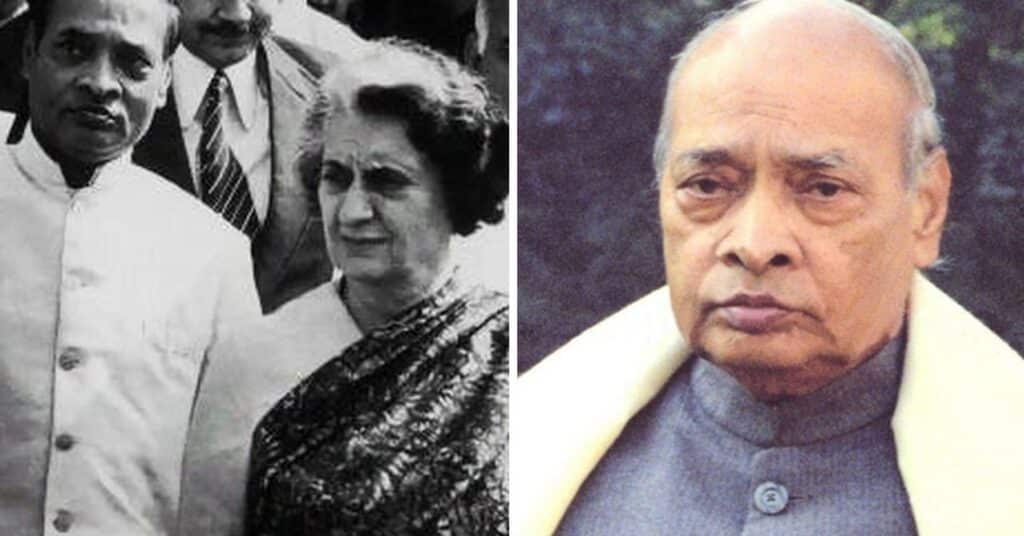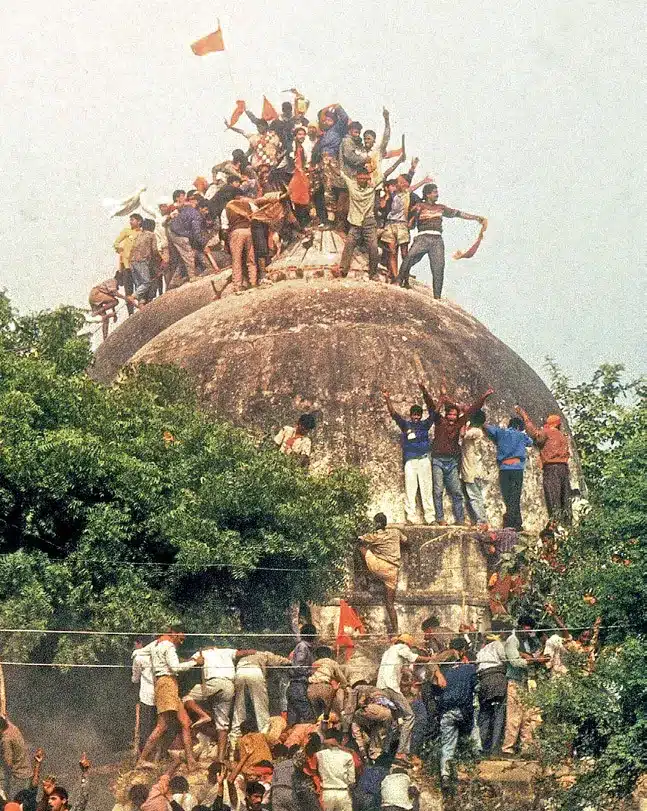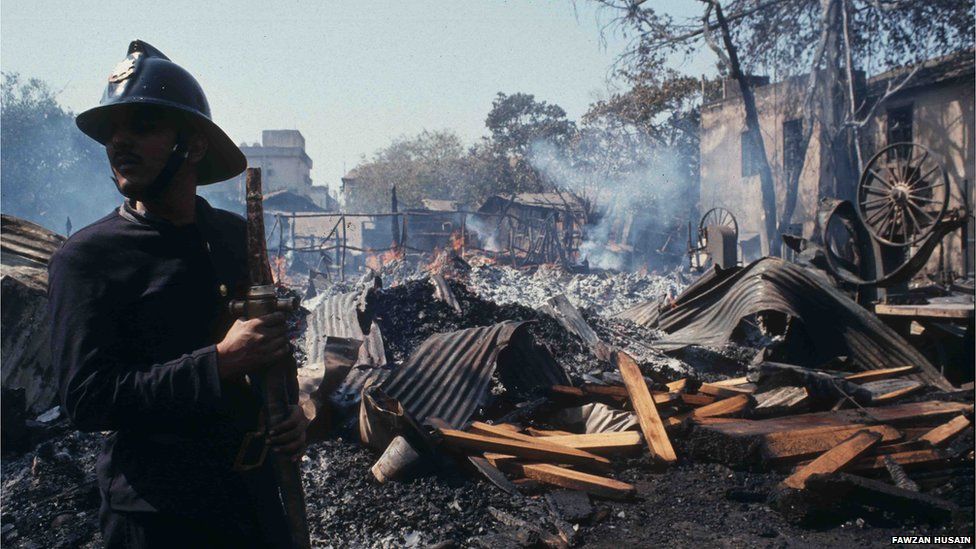Pamulaparti Venkata Narasimha Rao took oath as India’s 9th Prime Minister on 21 June 1991. Rao was the first Prime Minister from the non-Hindi belt and the first person from a southern state to adorn the post. His tenure saw impactful economic reforms like the shift from Nehruvian socialism to liberalisation.
After National Front government lost its majority in Parliament, Chandra Shekhar government was formed with the support of Congress but soon it too lost majority as Congress withdrew its support, in March 1991. In general elections for 10th Lok Sabha, the Congress Party emerged as the largest Party, but it failed to secure the majority required to form the government. Flowever, as no other party could form the government, Narsimha Rao, of Indian National Congress, was sworn in as the Prime Minister with support of the left parties.
The Narsimha Rao government brought down the caste and communal tensions, that had been growing previously, and even improved the situations in Kashmir and Punjab. This coalition government, unlike its predecessors, completed its full term. The period under this government is marked by radical economic policy reforms, communal riots and landmark decision for local self-governance which set the tone for future events.

Economic Crisis and Reforms
The origin of financial crisis can be traced back to inefficient management of Indian economy in the 1980s. Low tax base and low income from public sector undertakings were unable to generate enough resources to support government spending. A large part of income was spent on social sector and defence which generated low returns in short term. Subsidies and loan waiver for farmers proved detrimental to Indian economy, because they involved pilferages and a lot of misappropriation.

Crisis
In 1991, India met with an economic crisis. The central government was unable to make repayments on its borrowings from abroad and foreign exchange reserves dropped down to levels that were not sufficient for even a fortnight. Rising prices of essential commodities further compounded the crisis. The situation pushed India into initiating a process of economic reforms and structural adjustment at the instance of IMF. India approached the International Bank for Reconstruction and Development (IBRD), popularly known as World Bank and the International Monetary Fund (IMF), and received $7 billion as loan to manage the crisis.

Preconditions
For availing the loan, the international agencies expected India to liberalize and open up the economy by removing restrictions on the private sector, reduce the role of the government in many areas and remove trade restrictions. India agreed to the preconditions of World Bank and IMF, and announced the New Economic Policy (NEP).
New Economic Policy (NEP)
The New Economic Policy was oriented towards creating a more competitive economy. To achieve economic stability and international competitiveness various initiatives were taken by government, popularly known as LPG (Liberalization, Privatization and Globalization) reforms. Under the LPG reforms, exchange rate was made more market linked, industrial licensing system was considerably dismantled, public sector was gradually privatized, restrictions on multinational companies were reduced and foreign investment was welcomed.
Analysis
The economic reforms of 1991 were not as sharp turnarounds as they were in China and Russia as, in a democracy, the change from one kind of societal consensus to a new consensus had to be a process and not an event. The immediate response was very positive and India performed one of the fastest recoveries from a deep macro-economic crisis. Future governments were unable to carry forward the reforms due to their coalition nature and lack of political will. However, the years of high economic growth witnessed in the new millennium, especially, from 2004-05 to 2008-09, can be ascribed to the foundation, laid through this new policy.
Babri Masjid Demolition
The Babri Masjid, a 16th century mosque in Ayodhya, was built by Mir Baqi, the General of Mughal Emperor Babur. Some Hindus believe that it was built after demolishing a temple of Lord Ram in what is believed to be his birthplace. Contesting claims to the property began during the British rule in early 1850s, when the British administration built a fence to separate the places of worship, allowing the inner court to be used by Muslims and the outer court to be used by Hindus.

Tension
In the late 1940s, Idols of Lord Ram appeared inside the mosque, allegedly placed there by Hindus. Muslims protested against the act and both the parties filed civil suits, for title of the disputed land. The government marked the mosque as a disputed property and locked it up, as the matter was with the court. But in 1986, Faizabad district court ordered that Babri masjid premises be unlocked so that Hindus could offer prayers at the site. Shortly after this, both the Hindus and the Muslims began to mobilize their respective communities throughout the country, which led to the development of communal tension. The situation was exacerbated by the announced Lai Krishna Advani’s rath yatra from Somnath in Gujarat to Ayodhya in UP.
Events Leading to Demolition
In 1990, volunteers of the Vishnu Hindu Purished (VHP) partially damaged the mosque. Supreme Court then ordered the UP state government to protect the site but on 6 December 1992, thousands of karsevaks i.e., self proclaimed denotes purportedly gathered around the mosque to perform voluntary service for building the Ram temple, and demolished it.
Aftermath
This aforementioned event led to communal riots between Hindus and Muslims in many places throughout the country. The central government sprang into action, dismissed the UP state government and put the state under the President’s rule.
Present Status of Title Suit
In 2010, the Lucknow Bench of the Allahabad High Court passed an order, directing that the site occupied by the Babri Masjid before its demolition should be divided three ways equally amongst Muslims, Hindus and Nirmohi Akhara group of Hindu Sadhus (i.e., hermits). This order was later challenged in Supreme Court. On 22nd March 2017, the three-judge bench in Supreme Court heard a petition by a BJP MP challenging the 2010 ruling to split the disputed land. Supreme Court suggested an out-of-court settlement of the matter. The matter has been referred to a Constitution bench and still awaits finality.
Bombay Bomb Blasts
Babri Masjid demolition was followed by riots in Bombay, Surat, Ahmedabad and Delhi. In 1993 Bombay serial blasts were carried out by Dawood Ibrahim and Menon family to avenge the killing of muslims in Bombay riots. It was one of the most coordinated terrorist attacks on Indian soil in which 12 serial bomb blasts took place at several places in Bombay including Bombay Stock Exchange. 257 people died while 713 others were injured in the blasts.
Long Term Impact
These incidents led to communalization of Indian society and radical outfits mushroomed all over India, in response to it. Amalgamation of politics and communal forces further polarized the Indian society.

Panchayati Raj
The earliest forms of local self government can be traced to the times of Rig Vedas. Sabhas (assemblies) and Samitis (councils) were the local governing institutions mentioned in Vedas. Later this practice evolved in the form of Panchayats to look after the affairs of villages with police and judicial powers. The system helped the villages to be self-sustaining and maintaining cultural continuity.
Panchayats at the village level were integral part of the Indian society in ancient and medieval period. After independence, the first draft of Indian Constitution did not contain provision of local self government but, later this provision was introduced in article 40 under Directive Principles of State Policy (DPSP) of the Constitution. This provision, however, was not mandatory and did not result in effective implementation of local self government at the village level.
Panchayati Raj Act
As local governance had always been an integral part of Indian rural society, a need for a constitutional framework for decentralization of the democratic institutions was felt. A constitutional framework was also felt necessary for bringing a uniformity in the structure and implementation of the Panchayats across the country.
Under Rajiv Gandhi government in 1989, 64th Constitutional Amendment Bill regarding Panchayati Raj bodies was introduced but it couldn’t become an Act, as it was blocked by the opposition parties. Later, V.P. Singh introduced the same bill but soon his government collapsed before the bill could be passed.
Finally, in 1992, the 73rd and 74th Constitutional Amendment Bills were passed under the Narsimha Rao Government. The 73rd and the 74th Amendment provided for an elaborate system of establishing Panchayats and Municipalities respectively as units of self government. It also added the Eleventh
Schedule, which lists 29 subjects to be handled by the Panchayats, and the Twelfth Schedule, which lists 18 subjects to be handled by the Municipalities.
